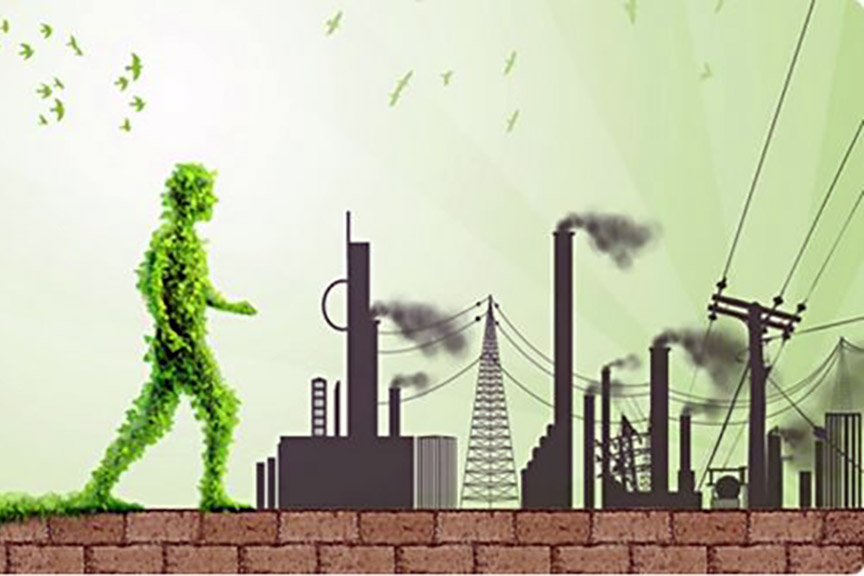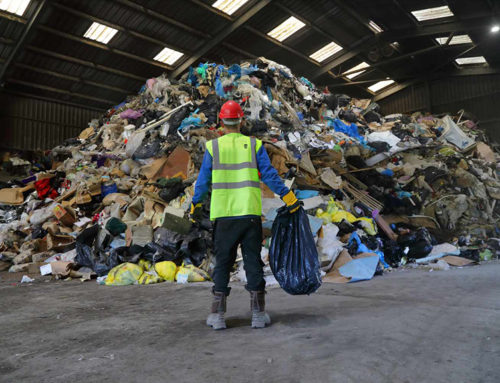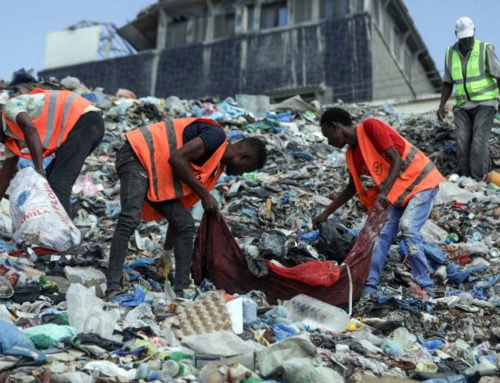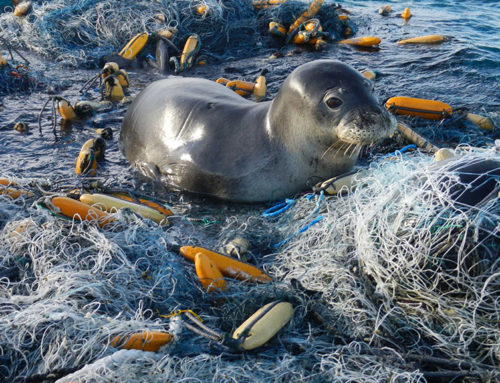The intricate dance between the environment and human health is a topic often overlooked in our daily lives. Yet, the air we breathe, the water we drink, and the food we consume all play pivotal roles in shaping our well-being. In this exploration of environmental health, we delve into the ways our choices impact the planet and, in turn, affect our health. From the complexities of the environment-health relationship to the urgent need for sustainable practices, this article aims to shed light on the evolving science of environmental health.
Our health is intricately linked to the environment, with factors such as air quality, water contamination, and dietary choices playing pivotal roles. Polluted air can lead to respiratory issues, contaminated water can cause gastrointestinal problems, and certain chemicals in our food can accumulate in our bodies over time, posing long-term health risks.
Vulnerable populations, including children, the elderly, and those with pre-existing health conditions, face heightened risks. For example, children in areas with high air pollution levels are more susceptible to respiratory conditions, while the elderly face increased threats during frequent heatwaves induced by climate change.
Crucially, the relationship between the environment and human health is reciprocal. Human activities, such as the use of fossil fuels and non-renewable resources, contribute to pollution, climate change, and environmental degradation. Recognizing this interdependence underscores the importance of collective action to protect both individual well-being and the health of the planet.
Environmental degradation, stemming from resource depletion, pollution, and other human activities, has severe consequences for human health. Air and water pollution contribute to respiratory problems, gastrointestinal illnesses, and even more severe conditions like cancer. Agricultural practices involving pesticides are linked to various health issues, including cancer and developmental delays in children.
Climate change, primarily driven by human activities, amplifies these impacts. It facilitates the spread of infectious diseases, intensifies heatwaves, and poses severe risks, particularly to vulnerable populations.
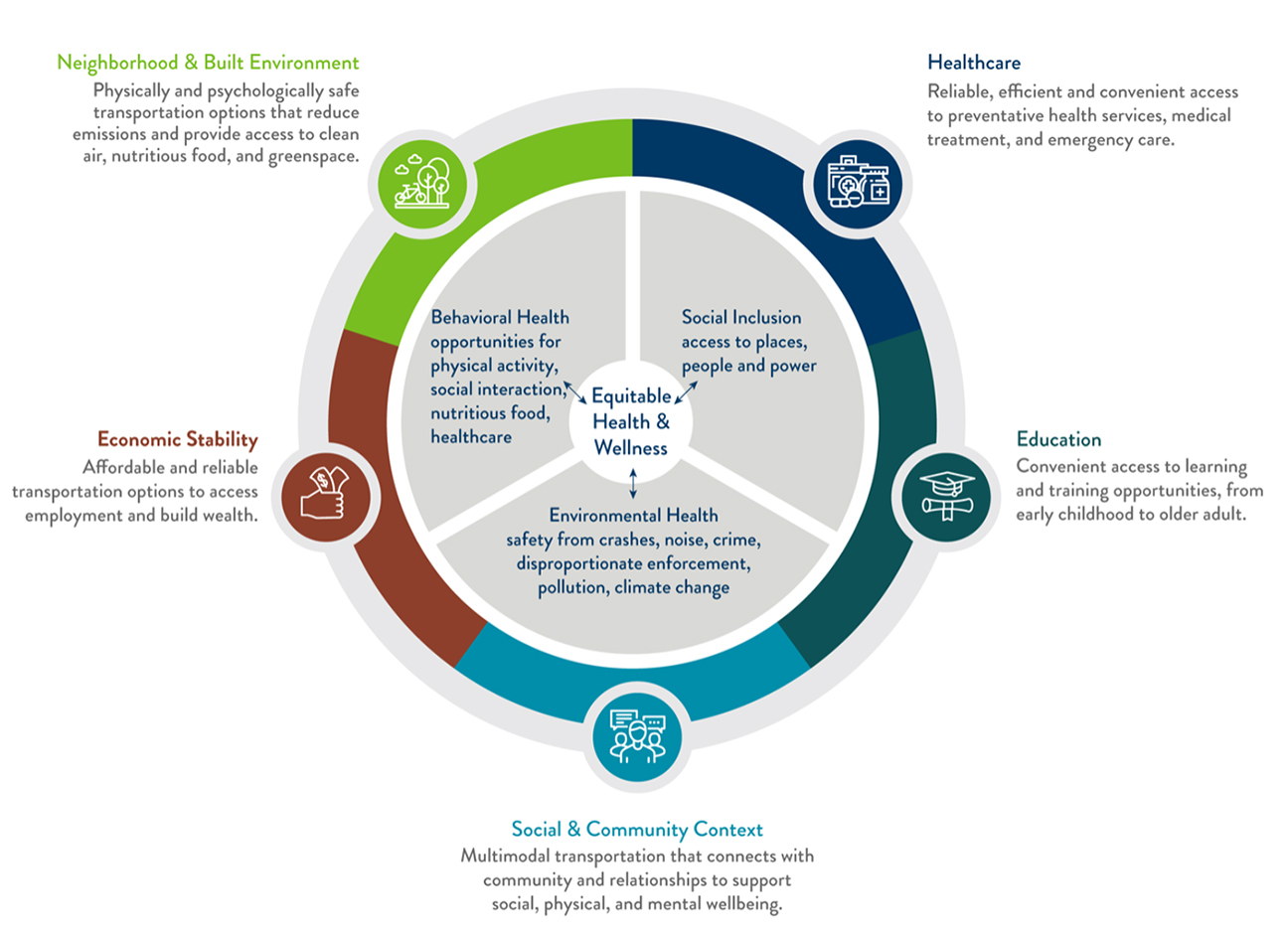
Sustainable development emerges as a crucial solution, emphasizing resource use that meets present needs without jeopardizing the ability of future generations to meet their own. Reducing reliance on non-renewable resources, preserving natural habitats, and embracing renewable energy sources are central tenets of sustainable development. These practices not only mitigate environmental harm but also safeguard human health.
As individuals, we wield significant influence over environment and human health through our daily choices. Reducing non-renewable resource consumption, waste generation, and supporting sustainable agriculture practices are impactful actions. Advocating for policies that prioritize environmental health further amplifies individual contributions.
Governments play a pivotal role in environmental health through regulations, incentives, and infrastructure development. Regulations, such as the Clean Air Act and Clean Water Act, mitigate pollution and protect human health. Investments in sustainable infrastructure and technology, coupled with education and outreach programs, bolster environmental health efforts.
Understanding the evolving science of environmental health is crucial for navigating the complex relationship between our well-being and the planet. By prioritizing sustainable development, making conscious choices, and advocating for policies that protect the environment, individuals and governments alike can contribute to creating a healthier and more sustainable future for generations to come.

